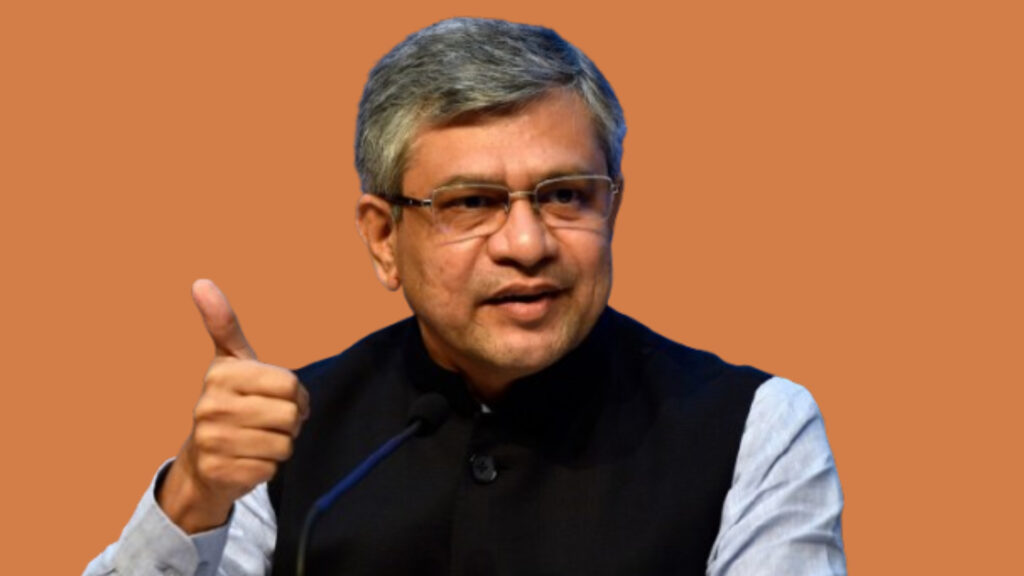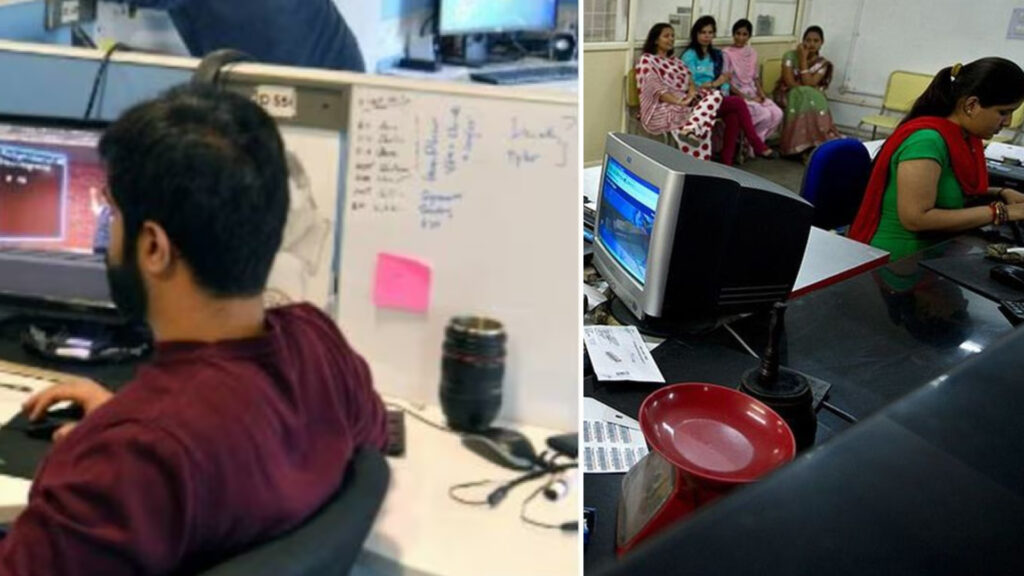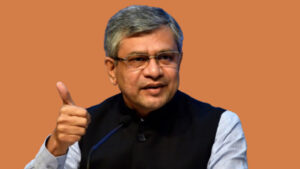Madras HC Questions 5 Bold Issues in CBFC’s Manushi Ban
Madras HC questions the Central Board of Film Certification (CBFC) over its refusal to grant a censor certificate to the much-anticipated film Manushi. This development has stirred a significant debate on creative freedom, censorship, and the interpretation of constitutional rights in India. The controversy does not just concern a film or its makers but touches on the very ethos of artistic expression and the state’s role in regulating it.
Introduction: Understanding the Crux of the Manushi Censor Certificate Controversy
On June 3, 2025, Vetrimaaran, a renowned film producer, approached the Madras High Court to contest the refusal by the CBFC to issue a censor certificate for Manushi. The film, directed by N. Gopi Nainar and produced under Grassroot Film Company, has faced unprecedented hurdles despite having notable talents like Andrea Jeremiah and Ilaiyaraaja involved.
The Madras HC’s firm stance — questioning the CBFC— stems from the board’s failure to specify exact objectionable parts. This omission undermines not only the filmmakers’ rights but also the transparency of the censorship process itself.
Why Madras HC Questions the CBFC’s Decision: A Legal and Constitutional Perspective
The heart of the High Court’s inquiry lies in how the CBFC denied certification to Manushi without offering detailed feedback. Justice N Anand Venkatesh highlighted the impracticality and unfairness of the board’s approach, noting that filmmakers cannot amend or reshoot parts when they are uninformed of the specific objections.
Key Points from Madras High Court’s Judgment
- The Right to Freedom of Speech: The court emphasized that filmmaking is a fundamental expression under Article 19(1)(a) of the Indian Constitution.
- Lack of Specific Objections: The CBFC failed to enumerate objectionable scenes, dialogues, or sequences, leading to ambiguity and creative uncertainty.
- Financial Impact: The absence of clarity places the producer at risk of significant monetary loss due to the inability to address or edit precise content.
- Call for Objective Evaluation: The court sought the CBFC’s objective reasoning on the five broad objections they raised before making any final decision.
- Deadline Imposed: CBFC was instructed to forward detailed objections or review the film with the producer’s representatives by June 16, 2025.
This approach by the court sends a powerful message about ensuring due process in the film certification system and respecting the freedoms guaranteed to creators.
What are the Five Bold Issues Raised by the CBFC Against Manushi?
The CBFC’s refusal reportedly stemmed from five main concerns. Let’s explore these issues in detail and analyze their possible implications.
1. Alleged Threat to the Integrity of the State
The CBFC feared that certain scenes might jeopardize “the integrity of the State.” However, the court rightly pointed out that this claim must be substantiated with objective examples within the film.
Questions arise:
- What defines “integrity” in cinematic context?
- Does critical depiction necessarily threaten unity, or does it foster discourse?
Democratic societies often allow artistic critique as a way of strengthening, not weakening, the fabric of the nation.
2. Contemptuous Depiction of Government Policies
Films have long been a medium to question and critique governance. The CBFC’s concern about ‘defaming government policies’ risks blurring the line between constructive criticism and censorship.
- How do we differentiate between dissent and defamation?
- Could this stance stifle healthy debates on policies that affect millions?
Given that Manushi explores dark and sensitive issues like custodial torture, it’s crucial such conversations remain within cinematic reach.
3. Reinforcement of Harmful Stereotypes Causing North-South Divide
This assertion is particularly nuanced. The CBFC suggested the film portrayed stereotypes that might deepen regional divides. Yet, cinematic storytelling often reflects societal realities, not endorse them.
- Does reflecting social divides equate to promoting them?
- Can confronting stereotypes on screen become a catalyst for awareness and change?
Suppressing these narratives risks silencing marginal voices that deserve to be heard.
4. Scenes Against the Country’s Interest
‘Against the country’s interest’ is a broad term that demands specificity. The Madras HC questioned what constituted national interest in this context.
Films like Manushi, which shed light on institutional failings, arguably advance the country’s interest by promoting justice and reform.
5. Lack of Clear Guidelines from CBFC
While not an explicit CBFC claim, the absence of clarity on why exactly Manushi was denied certification is itself a critical issue. The court’s insistence on transparency marks a call for reform in certification procedures.
Manushi: A Film that Challenges the Status Quo
Manushi is not just another film; it tackles the disturbing reality of custodial torture faced by women suspected of terrorism. This topic holds immense social relevance and demands a sensitive, authentic approach.
Creative Team Behind Manushi
- Producer: Vetrimaaran, an established figure known for supporting socially conscious cinema.
- Director: N. Gopi Nainar (famous for Aramm)—noted for tackling gritty, real-life issues.
- Lead Actress: Andrea Jeremiah, supported by industry veterans like Nasser and Balaji Sakthivel.
- Music: Composed by the legendary Ilaiyaraaja, adding emotional depth and cultural resonance.
The film’s intent to spotlight injustice and systemic failure fits into a broader tradition of cinema as a mirror to society.
The Broader Context: Filmmaking as a Form of Expression
When Madras HC questions the CBFC’s action, it echoes a recurring tension in Indian cinema—the tussle between censorship and creative freedom.
- The CBFC has often been critiqued for subjective and inconsistent decisions, sometimes influenced by political or social pressure.
- Filmmakers argue that vague or broad censorship norms threaten their freedom of expression, a fundamental right.
- Courts have increasingly played a role in balancing this tension, asserting that clear guidelines and due process are essential.
Films like Manushi remind us that cinema is not mere entertainment—it is an essential public forum for debate and reflection.
You might also like: PSU Stocks
How Does This Case Impact Future Filmmaking and Censorship in India?
This legal confrontation could set important precedents:
Potential Positive Outcomes
- Improved transparency in CBFC certification processes.
- Clear communication about specific cut points or concerns.
- Recognition of filmmaking as a protected form of speech.
- Encouragement for bold, socially relevant cinema without unreasonable fear of censorship.
Challenges and Concerns Ahead
- The risk that CBFC or government bodies might still wield power arbitrarily.
- The ongoing debate about “offensive” content and who defines it.
- Balancing national interest with artistic freedom remains complex.
Why Madras HC Questions CBFC on Manushi Matters
This case goes beyond a single film—it is about upholding principles of freedom, fairness, and transparency in cinema. The court’s pointed questions challenge opaque censorship and advocate for clear dialogue between filmmakers and regulators.
In essence:
- Censorship without specific feedback is unfair and impractical.
- Making films is an expressive right linked to freedom of speech.
- Objective reasoning, documentation, and transparency in film certification are non-negotiable.
- Films addressing sensitive social issues deserve protection, not suppression.
The ongoing legal tussle over Manushi shines a light on the challenges filmmakers face in India’s complex socio-political landscape. The Madras HC questions regarding the CBFC’s cryptic ban resonate with anyone invested in creative liberties and democratic ideals.
Ultimately, this case could pave the way for reforms ensuring that censorship protects public interest without stifling artistic voices. As the world watches, one hopes that Manushi will be recognized for its courage in storytelling and the vital conversation it ignites about justice, human rights, and freedom.
Stay tuned as this landmark case unfolds and reshapes the conversation on film censorship in India.
Check out :Hindustan Times













